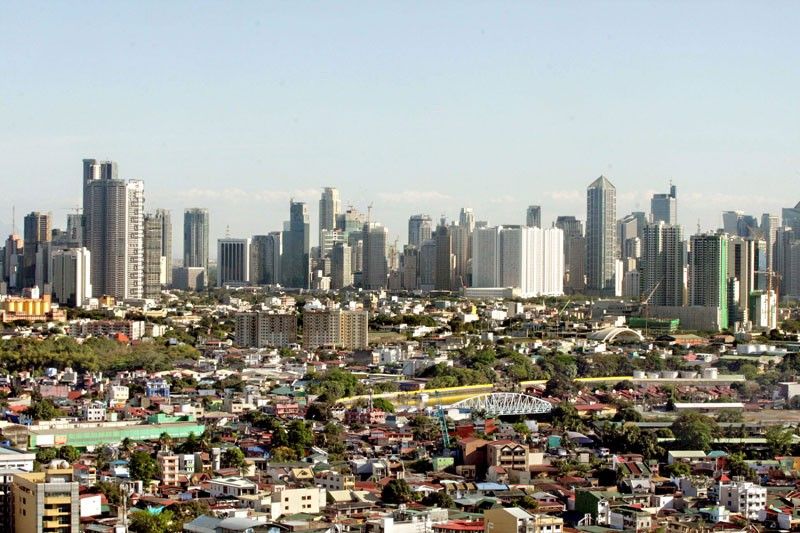Over half of population now residing in urban areas

MANILA, Philippines — More than half of the country’s population of over 100 million now reside in urban areas, with four regions registering the highest levels of urbanization, according to the Philippine Statistics Authority (PSA).
Data on the Urban Population in the Philippines collected from the 2015 population census but released only last week showed that as of the reference year, the level of urbanization in the country stands at 51.2 percent.
This pertains to the percentage of the population residing in urban areas in the country, translating to 51.73 million Filipinos.
During the census period, there were 7,437 barangays classified as urban and 34,599 classified as rural.
Compared with data from the 2010 census of population, the level of urbanization in the country was only 45.3 percent.
Rapid urbanization in the country has been cited as the reason for a host of socioeconomic issues that include the decline in productivity of the agriculture sector and increased pressure to come up with alternative sources of water and power.
It has also given rise to the need for affordable housing for the rising middle class and low income population residing in urban areas.
From 2010 to 2015, the tempo of urbanization — the difference between the annual growth rates of urban and rural population — was registered at 4.6 percent as urbanization grew by 4.1 percent and rural population grew at a rate of negative 0.5 percent in five years.
Across regions, aside from the National Capital Region (NCR), four regions registered the highest level of urbanization, surpassing the national level of 51.2 percent.
These were Calabarzon (66.4 percent), Davao region (63.5 percent), Central Luzon (61.6 percent), and SOCCSKSARGEN (51.6 percent). In 2010, the same five regions posted the highest level of urbanization.
Among the barangays classified as urban outside NCR, 53 percent were classified as Category 1, meaning these have the highest concentration of population of at least 5,000 and have establishments with at least 100 employees.
Altogether, the population of these Category 1 urban barangays outside NCR reached 32.53 million or 83.7 percent of the total urban population in the country.
By comparison, those classified as Category 2 had at least one establishment with a minimum of 100 employees. Those under Category 3 have five or more establishments with 10 to 99 employees, and five or more facilities within the two-kilometer radius from the barangay hall.
A barangay that does not satisfy any of the three criteria is classified as rural. All barangays in NCR, meanwhile, are automatically classified as urban.
Other than the number of businesses that provide substantial employment and the population count, urban barangays have access to the following facilities: municipal or city hall, places of worship, public plaza or park for recreation, cemetery, market place, public school buildings, hospitals, fire station, sea ports, community waterworks system and post office.
- Latest
- Trending






























